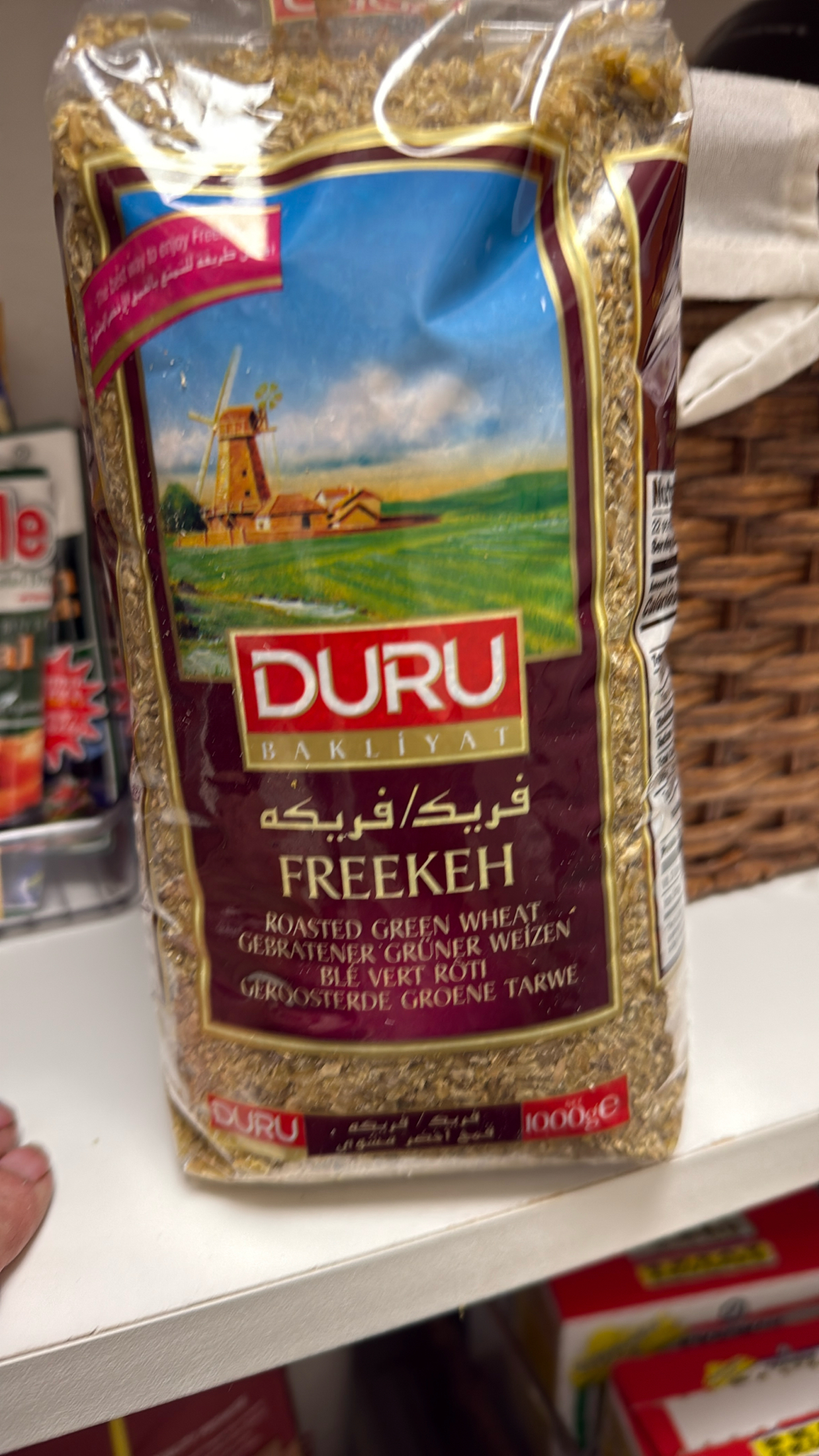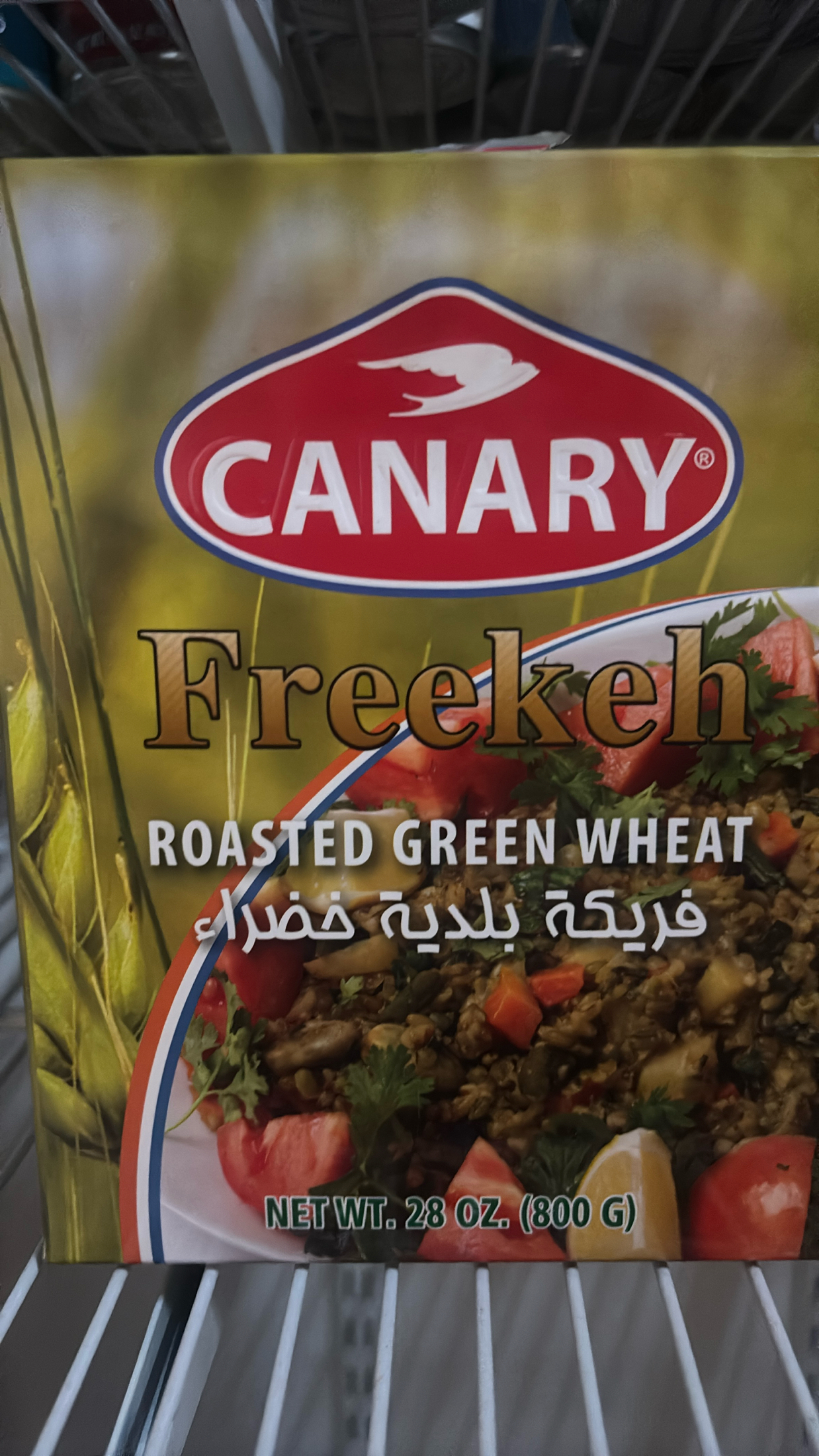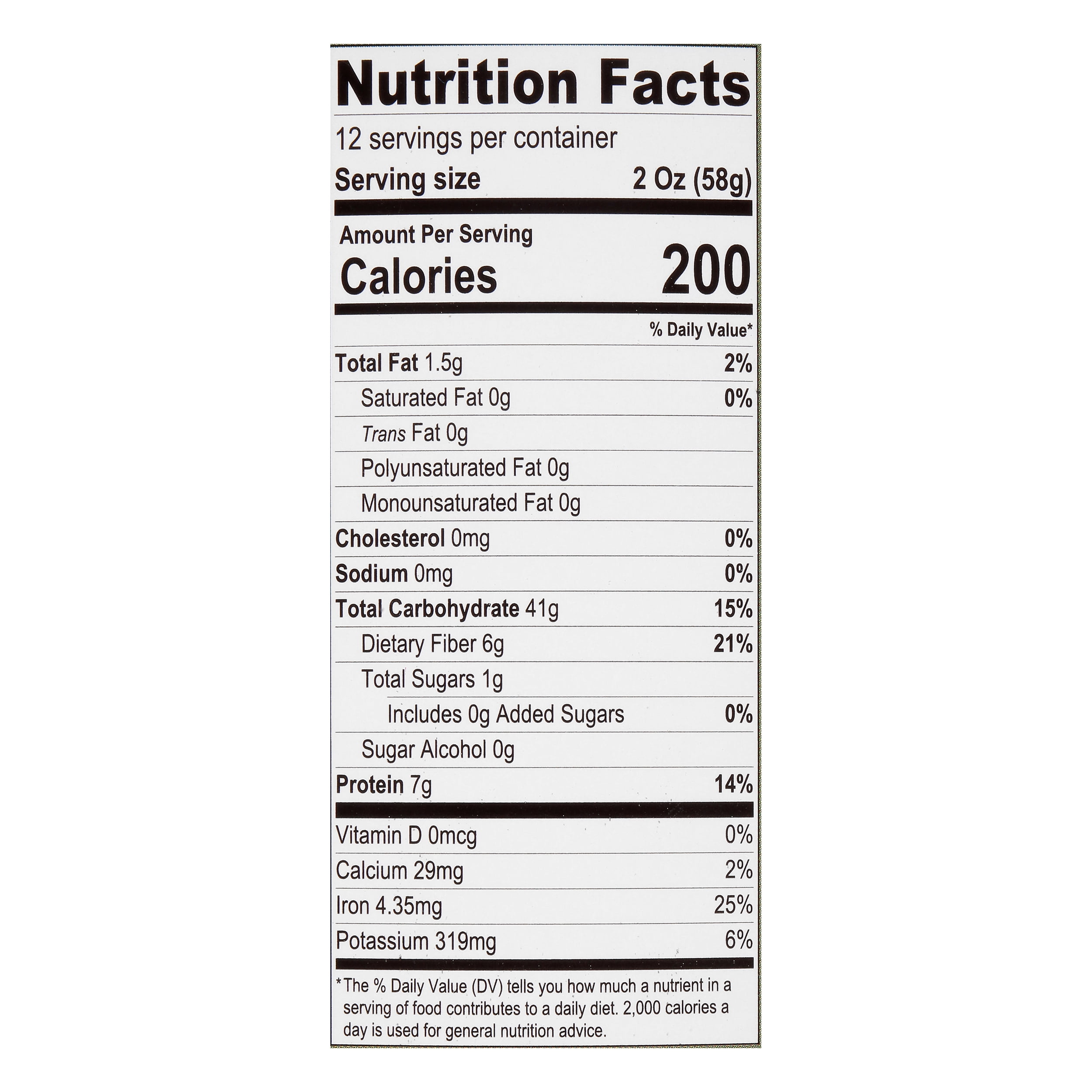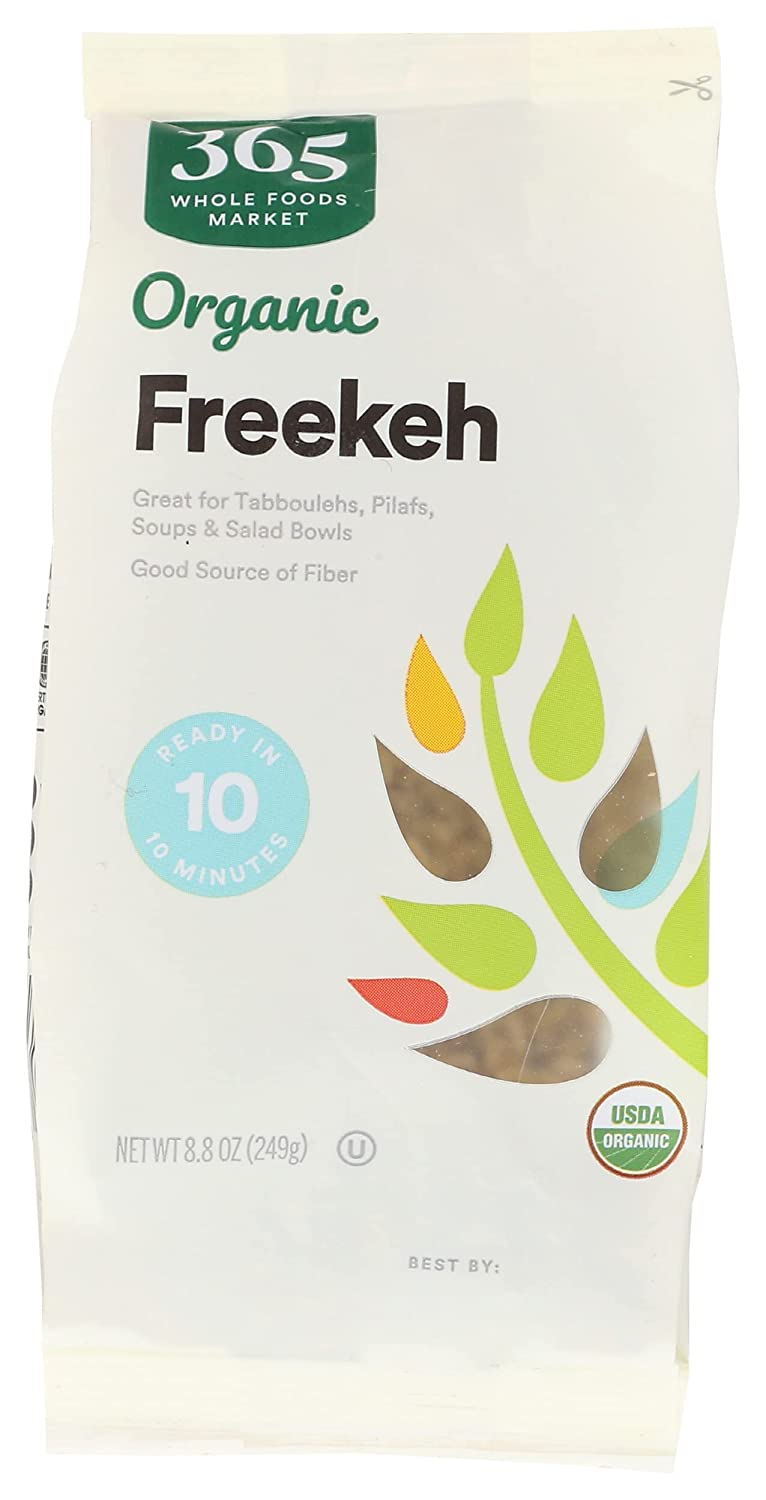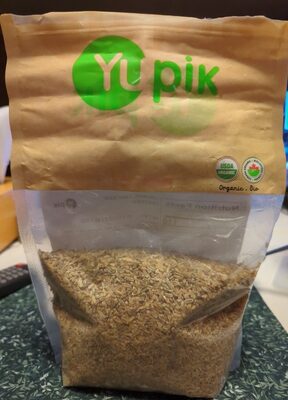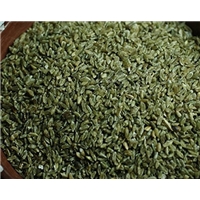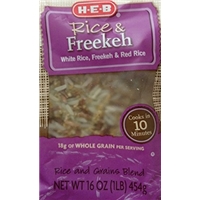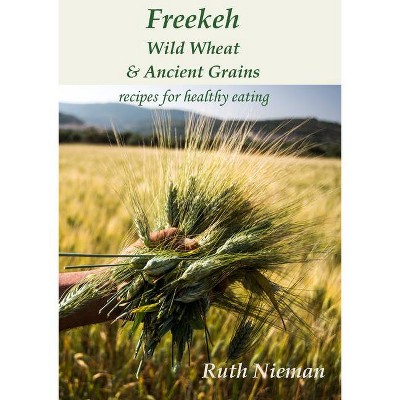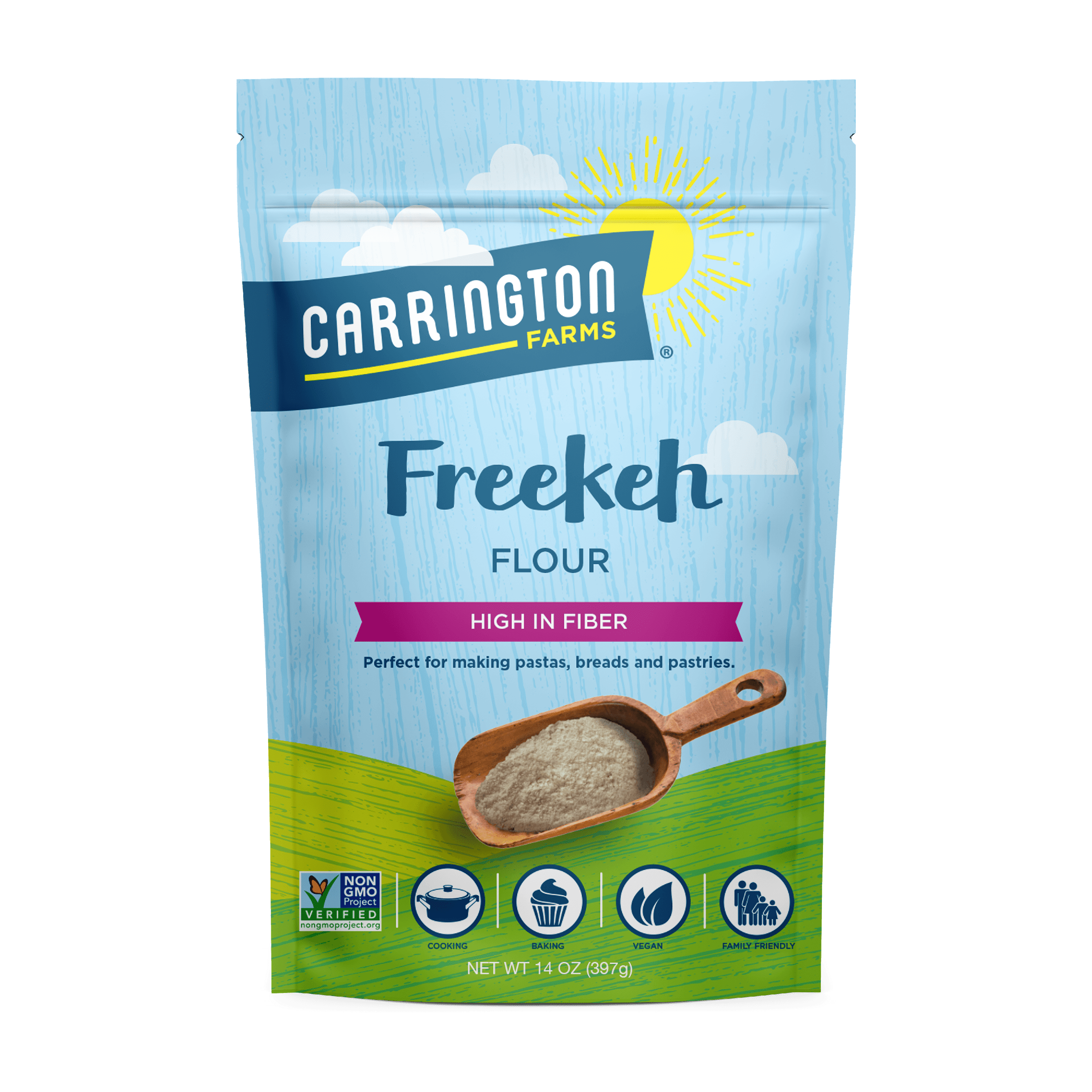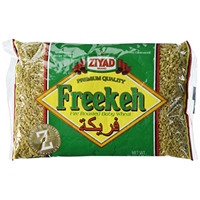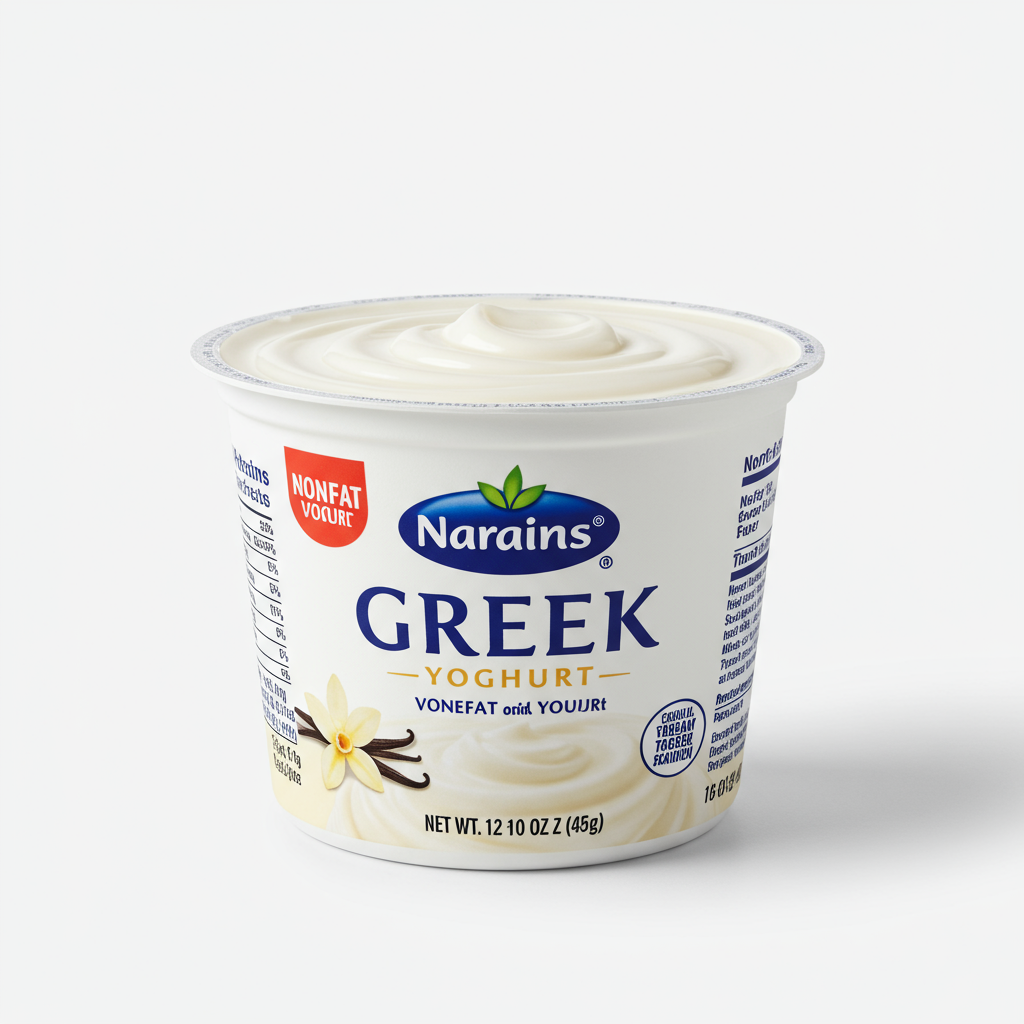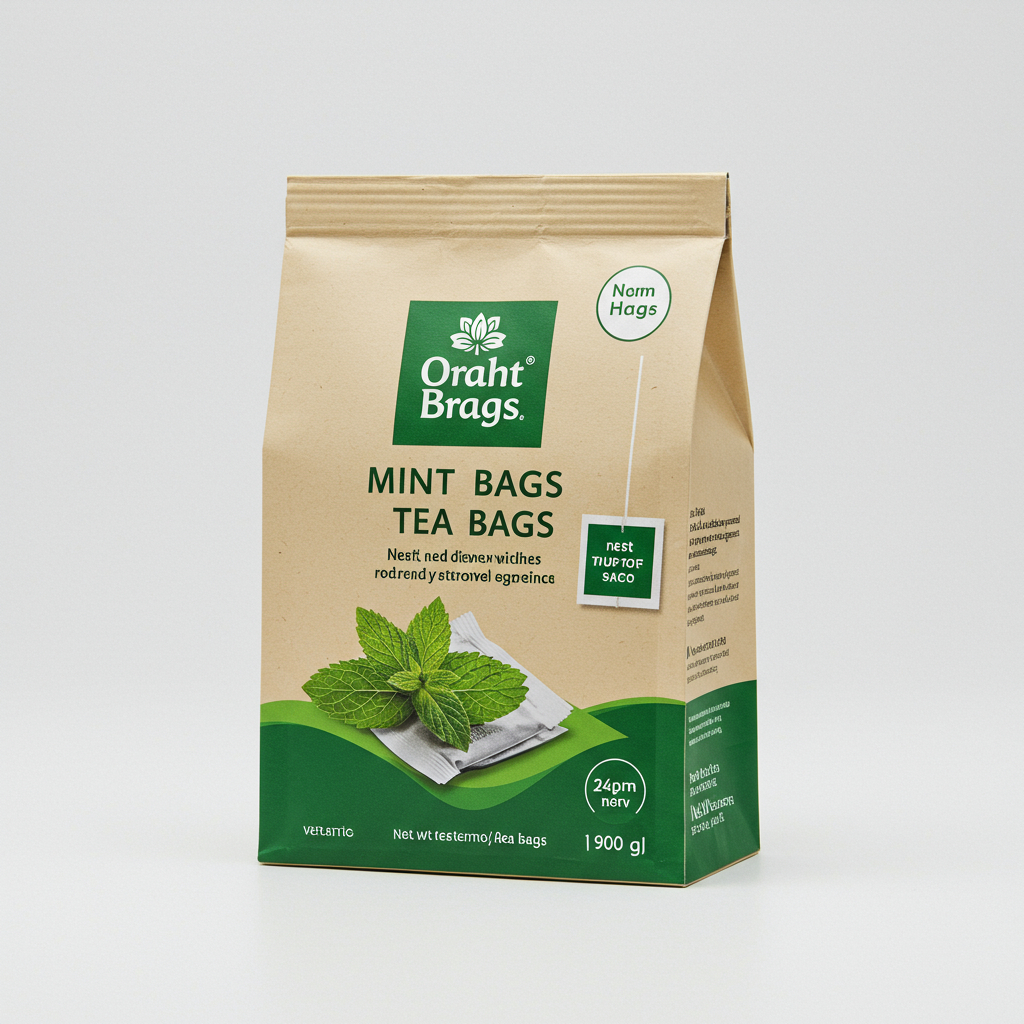SALADS
SIDE DISHES
MAIN DISHES
Freekeh
Freekeh, also known as farik or frikeh, is a traditional Middle Eastern grain made from green wheat that has been harvested young, roasted, and then cracked or left whole. This ancient superfood has been gaining popularity in Western cuisine for its enticing smoky flavor, unique chewy texture, and impressive nutritional profile.
Not only is Freekeh rich in protein, fiber, and essential minerals, but it also boasts a lower glycemic index than other grains, making it a great substitute for rice or quinoa in various dishes. Ideal for salads, pilafs, and soups, Freekeh offers a refreshing twist to the everyday cooking experience.
74%
CARBS
3%
FAT
23%
PROTEIN
48 Freekeh Products
Freekeh
Canary Freekeh Roasted Green Wheat
Shahia Freeki Coarse
365 by Whole Foods Market, Freekeh 10 Minute Organic, 8.8 Ounce
Yupik Freekeh Cracked Organic
Freekah Green Wheat (Freek) 300 Grams
HEB Rice And Grains Blends 16Oz Bag (Pack Of 6) (Select Blend Below) (Rice & Freekeh)
Freekeh, Wild Wheat and Ancient Grains - by Ruth Nieman (Paperback)
Carrington Farms Freekeh Flour
Ziyad Fine Roasted Green Wheat Freekeh, 16 Ounce
Freekeh Is Frequently Used With
Freekeh FAQ
Freekeh is a highly nutritious and versatile grain that can add a smoky essence and satisfying texture to a variety of dishes. People often struggle with cooking freekeh because they're unsure about the perfect water-to-grain ratio, cooking time, or what dishes it pairs well with. Common mistakes include overcooking or undercooking the grain, which can make it too mushy or hard respectively.
To ensure your freekeh is cooked perfectly, use about 2.5 cups of water or broth for every 1 cup of cracked freekeh, and let it simmer for approximately 20-25 minutes. For whole grain freekeh, the cooking time can go up to 40-45 minutes.
To get the most out of freekeh, consider toasting it before boiling to bring out more of its unique smoky flavor. It's great in salads, soups, or as a side dish and combines well with flavors like lemon, feta, and fresh herbs like mint and parsley.
A lesser-known tip is to use freekeh in dessert dishes; its nutty flavor and robust texture can hold up well in sweet dishes and provide an unexpected twist.
Is freekeh gluten-free?
Is freekeh a good source of protein?
Can freekeh be used as a substitute for rice or quinoa?
How should I cook freekeh?
Can freekeh be eaten raw?
Is freekeh suitable for a Vegan diet?
Is freekeh high in fiber?
How does whole-grain freekeh differ from cracked freekeh?
Can I cook freekeh in a rice cooker or an Instant Pot?
What can I season freekeh with?
Expiration & Storage Tips
When does freekeh expire?
Freekeh, in its dry, uncooked form, can stay good for up to two years if stored properly, however, it's best to use within a year for optimal freshness and flavor. Once it's cooked, freekeh should be eaten within a week. If you've frozen cooked freekeh, you can expect it to last for up to six months.
How do you tell if freekeh is bad?
An easy way to tell if your freekeh is off is by spotting any mold or bugs in the grain — an indication it needs to be binned. Additionally, if the grain has a rancid or off smell, it's likely gone bad. Cooked freekeh that's no longer fresh usually has a sour smell and could have mold or a slimy texture.
Tips for storing freekeh to extend shelf life
• Always store uncooked freekeh in a cool, dark, and dry place. A pantry or kitchen cabinet away from heat and light works great.
• Remember to seal your freekeh in an airtight container or sealable bag to protect it from moisture and pests.
• After cooking, cool it quickly and refrigerate it in a covered container.
• If you need to store cooked freekeh for more than a few days, consider freezing it. Portion it into freezer-friendly bags or containers, press out any excess air, and store it flat to save space.
EXPIRES WITHIN
10 - 12
MONTHS
Substitutes

Bulgur

Wheat Berries

Whole Spelt

Barley

Farro

Brown Rice

Long Grain Brown Rice

Wild Rice

Brown Jasmine Rice

Quinoa
See All
Health Info
Macros
31g
CARBS
1g
FAT
9g
PROTEIN
Allowed on these diets
LOW FAT
HIGH CALCIUM
VEGETARIAN
MEDITERRANEAN
LOW CARB
VEGAN
LACTOSE FREE
Contains these allergens
WHEAT

